Hamptons gem: a creative legacy lives on in Elaine de Kooning’s house
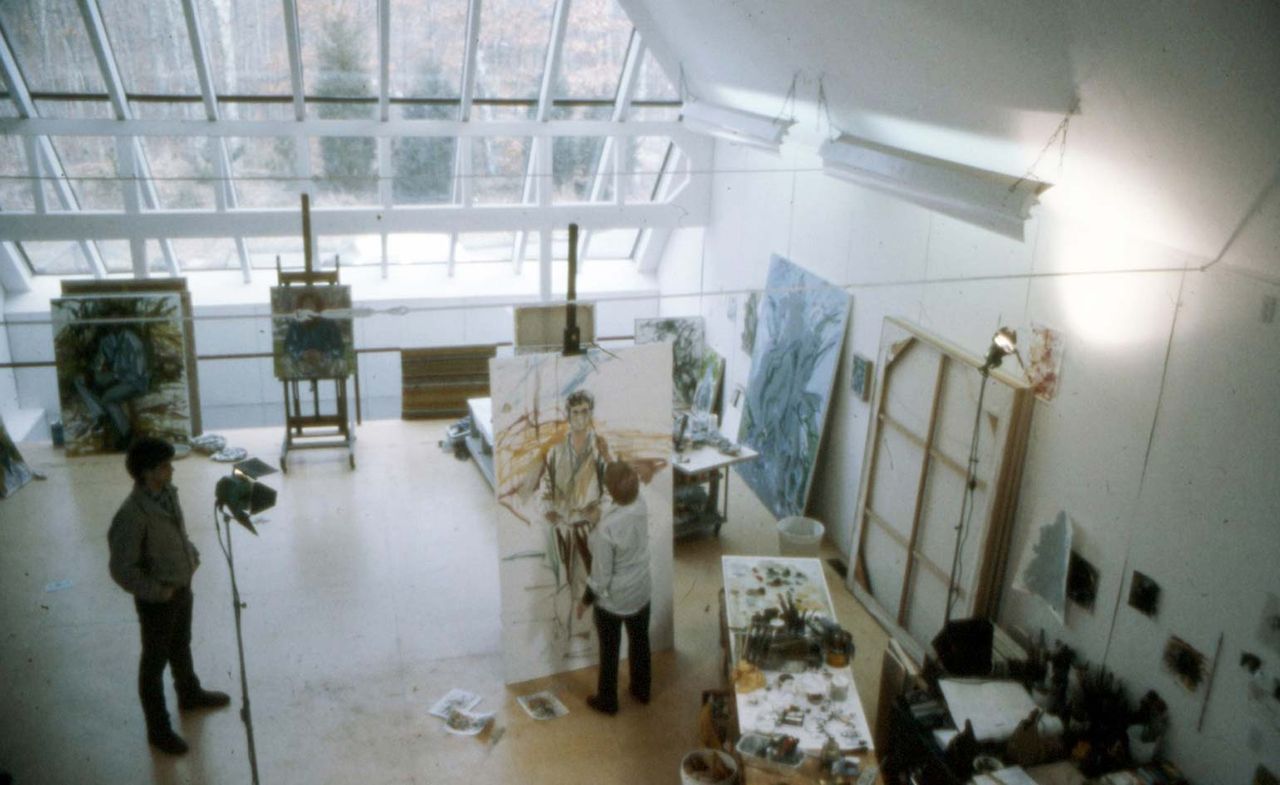
Over on Alewive Brook Road in East Hampton, there is a simple saltbox structure and studio with a provenance steeped in art. Artist Elaine de Kooning purchased the home in 1975 while she was reconciling with her husband Willem de Kooning. She added a sunroom and studio that would end up being the location where she would paint her last series of works, Bacchus and Cave Walls. When de Kooning passed away at age 70 in 1989, sculptor John Chamberlain purchased the house and lived there for around five years in the 1990s, creating his crushed car metal sculptures in the driveway.
The bucolic seaside location of the Hamptons has always been a place conducive for producing art; Robert Motherwell, Jackson Pollock, Lee Krasner, Mark Rothko and Andy Warhol all made work there, and when Chris Byrne, an art advisor and co-founder of the Dallas Art Fair, saw that the home was on the market in 2011, he envisioned a future where its new owners would forget its association with the art world, so he bought it. 'I was motivated by the house's history,' says Byrne. Since purchasing the house in 2010, he has made renovations, painstakingly preserving each of the modifications its former owners added.
'You get the feeling that anywhere in the house could be used to set up a portrait or make painting,' he says, noting that Willem also worked out of the house. Thus, Byrne turned the home into the location for an unofficial artist’s residency, inviting artists he knows to create work there.
Lizzi Bougatsos, Jonah Freeman and Justin Lowe, Liz Markus, Scott and Tyson Reeder, John Riepenhoff, and Michael Williams are among the artists who have turned the de Kooning house into a temporary home and work space since 2011. There’s no formal application process for artists who are interested in participating in the residency there. 'The process has been completely organic; visiting artists and friends have recommended artists as well as proposed specific installations and projects for the space,' Byrne explains.
Byrne plans to keep de Kooning’s work as a mentor and teacher to young artists alive by continuing to cultivate creativity within the home. 'I’ve come to really respect her range of activities and generosity,' he says. 'My hope is to continue to make the space available to artists, curators and writers.'
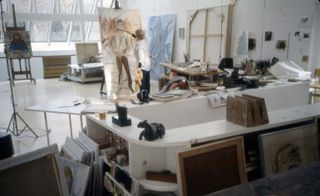
The saltbox house was where de Kooning produced her last body of work before her death in 1989.
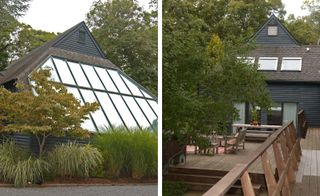
Art advisor and curator Chris Byrne bought the house in 2010 and has since transformed it into an unofficial artist's residency.
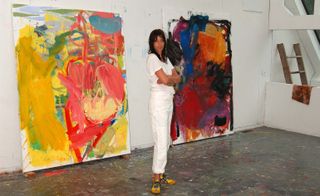
Lizzi Bougatsos, Jonah Freeman and Justin Lowe and Liz Markus are among the artists who have lived and worked at the house. 'The process has been completely organic; visiting artists and friends have recommended artists as well as proposed specific installations and projects for the space,' said Byrne. Pictured: Anke Weyer and her work.
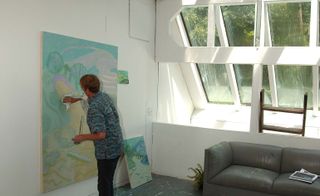
'I was motivated by the house's history,” said Byrne. 'You get the feeling that anywhere in the house could be used to set up a portrait or make painting.' Pictured: Tyler Reeder at work.
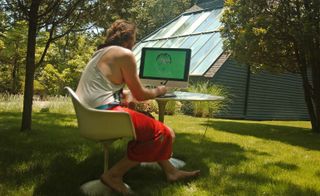
Artist Michael Williams takes his work out onto the grounds.
Wallpaper* Newsletter
Receive our daily digest of inspiration, escapism and design stories from around the world direct to your inbox.
Ann Binlot is a Brooklyn-based freelance writer who covers art, fashion, design, architecture, food, and travel for publications like Wallpaper*, the Wall Street Journal, and Monocle. She is also editor-at-large at Document Journal and Family Style magazines.
-
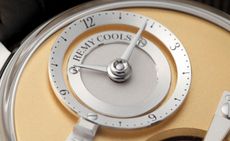 Meet the young watchmakers stirring up the industry
Meet the young watchmakers stirring up the industryLoupes at the ready, these artisans are ones to 'watch'
By Thor Svaboe Published
-
 Automotive startup Longbow is taking a shot at making a lightweight, all-electric sportscar
Automotive startup Longbow is taking a shot at making a lightweight, all-electric sportscarEnter the Featherweight Electric Vehicle, Longbow’s sporting vision of the fun side of electrification
By Jonathan Bell Published
-
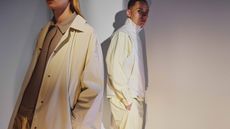 Laminar’s S/S 2025 collection is full of independent spirit
Laminar’s S/S 2025 collection is full of independent spiritThe Italian brand, newly independent from Herno, has urban style and optimal performance covered for spring and summer
By Simon Mills Published
-
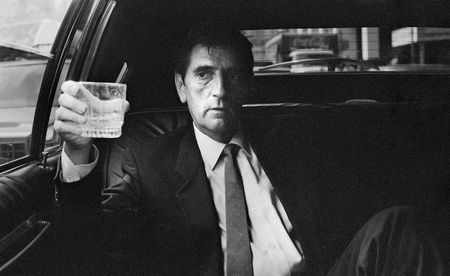 Wim Wenders’ photographs of moody Americana capture the themes in the director’s iconic films
Wim Wenders’ photographs of moody Americana capture the themes in the director’s iconic films'Driving without a destination is my greatest passion,' says Wenders. whose new exhibition has opened in New York’s Howard Greenberg Gallery
By Osman Can Yerebakan Published
-
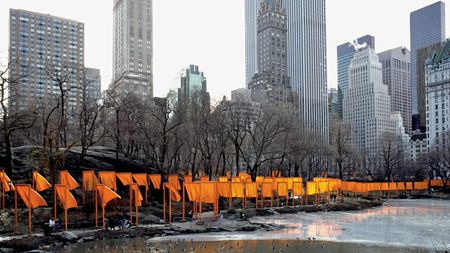 20 years on, ‘The Gates’ makes a digital return to Central Park
20 years on, ‘The Gates’ makes a digital return to Central ParkThe 2005 installation ‘The Gates’ by Christo and Jeanne-Claude marks its 20th anniversary with a digital comeback, relived through the lens of your phone
By Tianna Williams Published
-
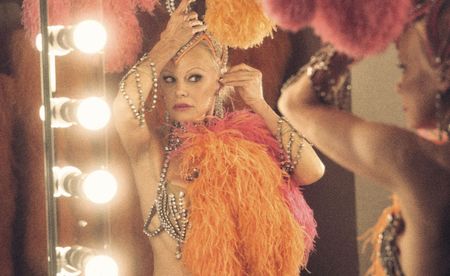 In ‘The Last Showgirl’, nostalgia is a drug like any other
In ‘The Last Showgirl’, nostalgia is a drug like any otherGia Coppola takes us to Las Vegas after the party has ended in new film starring Pamela Anderson, The Last Showgirl
By Billie Walker Published
-
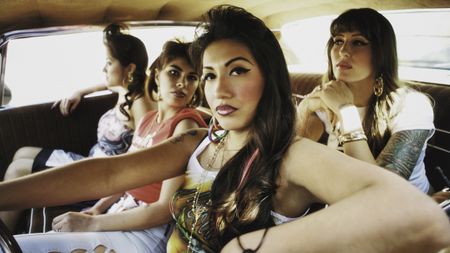 ‘American Photography’: centuries-spanning show reveals timely truths
‘American Photography’: centuries-spanning show reveals timely truthsAt the Rijksmuseum in Amsterdam, Europe’s first major survey of American photography reveals the contradictions and complexities that have long defined this world superpower
By Daisy Woodward Published
-
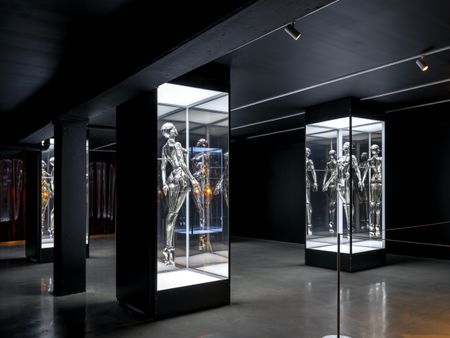 Miami’s new Museum of Sex is a beacon of open discourse
Miami’s new Museum of Sex is a beacon of open discourseThe Miami outpost of the cult New York destination opened last year, and continues its legacy of presenting and celebrating human sexuality
By Anna Solomon Published
-
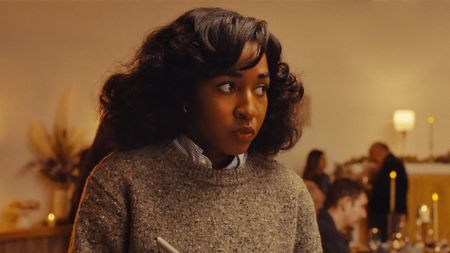 Sundance Film Festival 2025: The films we can't wait to watch
Sundance Film Festival 2025: The films we can't wait to watchSundance Film Festival, which runs 23 January - 2 February, has long been considered a hub of cinematic innovation. These are the ones to watch from this year’s premieres
By Stefania Sarrubba Published
-
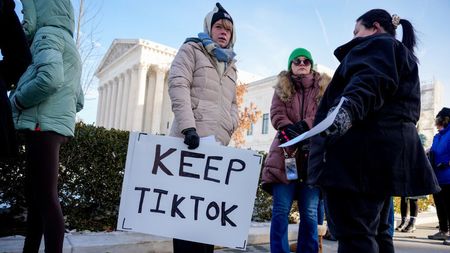 What is RedNote? Inside the social media app drawing American users ahead of the US TikTok ban
What is RedNote? Inside the social media app drawing American users ahead of the US TikTok banDownloads of the Chinese-owned platform have spiked as US users look for an alternative to TikTok, which faces a ban on national security grounds. What is Rednote, and what are the implications of its ascent?
By Anna Solomon Published
-
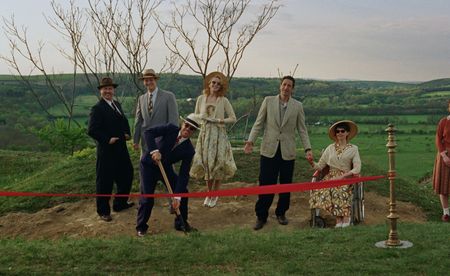 Architecture and the new world: The Brutalist reframes the American dream
Architecture and the new world: The Brutalist reframes the American dreamBrady Corbet’s third feature film, The Brutalist, demonstrates how violence is a building block for ideology
By Billie Walker Published